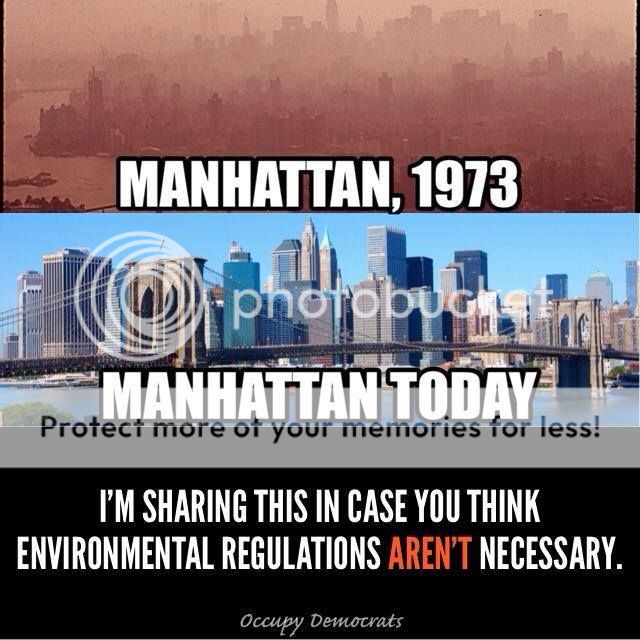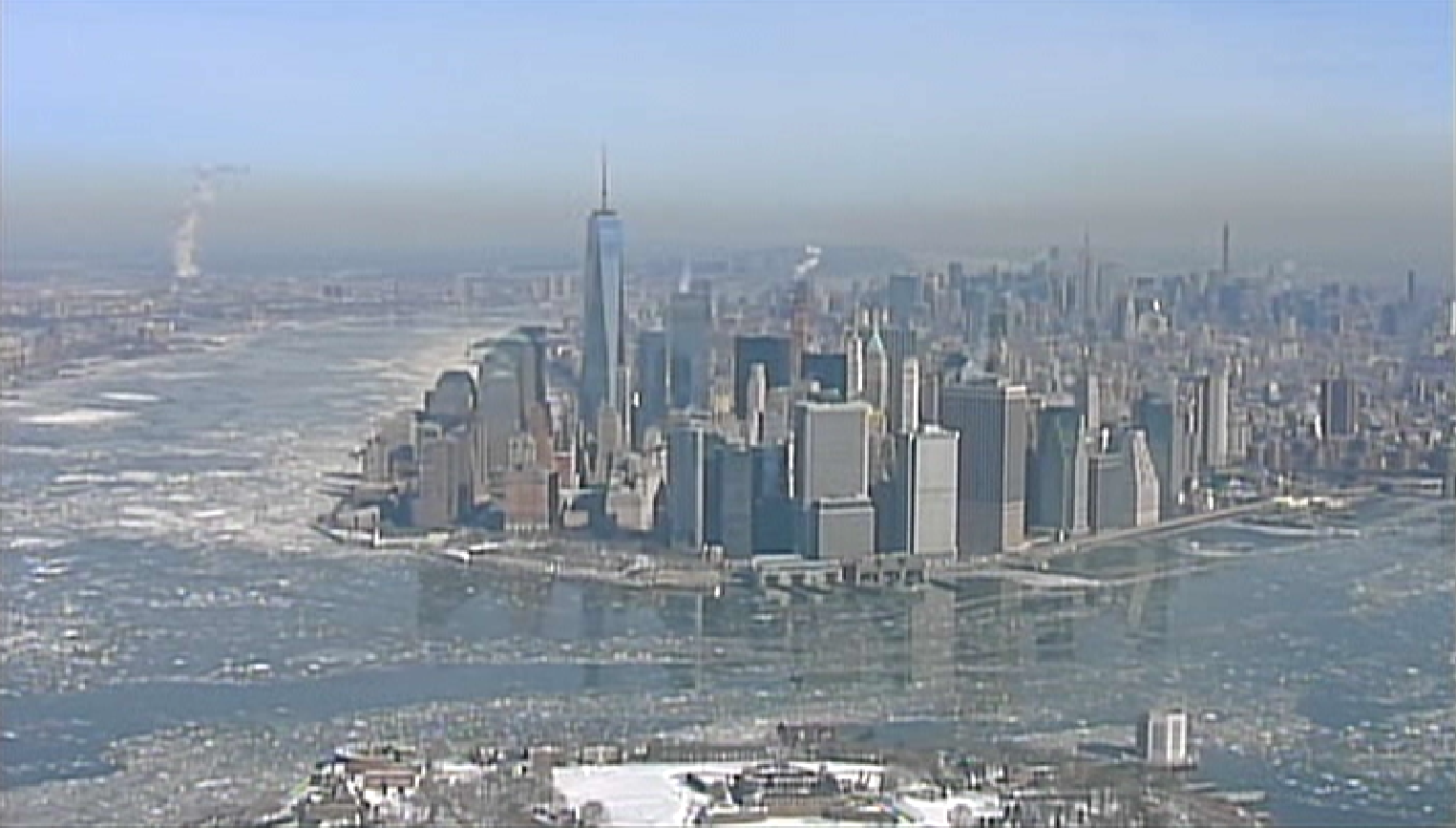Requiring a pool cleaning company to spend 25,000 to clean up a one gallon spill of hydrochloric acid that dropped off of their truck. They had to scrape up several yards of dirt and ship it cross country to a hazardous waste dump. That is the definition of insanity.
Now, you claim to be educated. Why did CA require that level of idiocy?
If they did that, they were just plain stupid. They could have simply neutralized the acidic soil with lime and disposed of it at a sanitary landfill for about $35 per cubic yard. All the landfill would need to know is if it is within the acceptable ranges for reactivity, corrosivity, and ignitability (RCI). If it was, they would have been good to go. RCI defines whether or not material is hazardous.
Well, it looks like you don't know all that much do you. All that was required was to pour water on it. What happens when you pour water on HCl?
Landfills don't accept saturated soils, dude. It has to be dry. Guess you don't know that much after all, do you?
Water poured on HCl results in hydronium (H3O) and Cl-. What is the next step in the process?
HCL dumped into soil reacts with that soil, but not completely. The result is that the soil becomes acidic (and meets the reactivity requirements of hazardous waste). You either have to send it to a hazardous waste landfill, or else neutralize it then sent it to a sanitary landfill. It cannot be simply neutralized with water because landfills don't take wet soils. So you use lime and churn up the soil to neutralize the acid. By the way, even if you had to send it to a hazardous waste landfill, according to your own account we are only talking about "several yards of dirt", so even that little amount going to a hazardous waste landfill is not going to break the bank. Isn't it funny how conservatives rant on about taking personal responsibility in every venue - except when it comes to cleaning up their own messes impacting the environment. End of story.
How much water would need to be used to fully neutralize a gallon of say 7 mole HCl?



